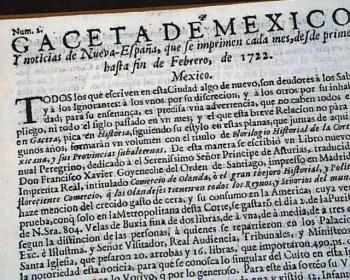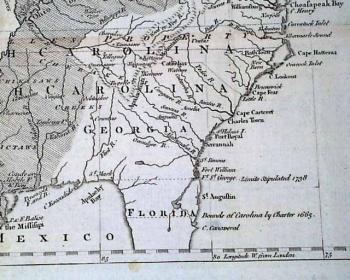
Browse Original Newspapers
View all Newspapers from the 1600s & 1700s collectibles »One of the earliest 17th century newspapers you will find...
One of the earliest 17th century newspapers you will find...
One of the earliest 17th century newspapers you will find...
Jews in search of their new prophet (Sabbatai Zevi)... Jews celebrate a victory... The Great Plague...
Recovering from the Great Plague... Rare issue of the Oxford Gazette...
Rare issue of the Oxford Gazette... Death toll from the Great Plague...
Rare issue of the Oxford Gazette... Death toll from the Great Plague...
Extremely rare 1665 Oxford Gazette... Account of deaths from the Great Plague...
Jewish prophet Sabbatai... Death count from the Great Plague...
Death report from Great Plague of 1666... Much on the 'Four Days' Battle'...
Death report from Great Plague of 1666... Ships for the New World...
The king creates codes for rebuilding London after the Great Fire...
Rare reference to both the Great Fire & the Great Plague...
Maritime reports from America... A death report on the Great Plague...
Collectible 1600s & 1700s Newspapers
“History is never more fascinating than when it’s read from the day it was first reported.”
It might not be your first thought, but newspapers from the 1600s and 1700s are very similar content-wise to modern newspapers. Early newspapers contained reports on wars, natural disasters, listed items for sale, and published death notices. Sound familiar? Newspaper content hasn’t changed drastically in 300-plus years. It is interesting to read accounts from this era and realize how similar we modern folk are to our ancestors. It seems that people at their core are mostly the same, and to this day, want to read news covering similar topics. That being said, some aspects of newspapers definitely have changed.
What has changed are the dimensions (smaller then, larger now), the number of pages (fewer then), paper quality (higher quality rag linen then), and the format. Newspapers of this period typically had an inflexible format, meaning that if page three was dedicated to foreign news, even if the most amazing foreign event occurred, it would appear on page three, not page one—period.
Due to the time it would take to typeset and print an issue, breaking news of major events would often be printed on a separate sheet called an “Extra” or an “Extraordinary” that was delivered with the daily issue or sometimes was not distributed until the following day.





































